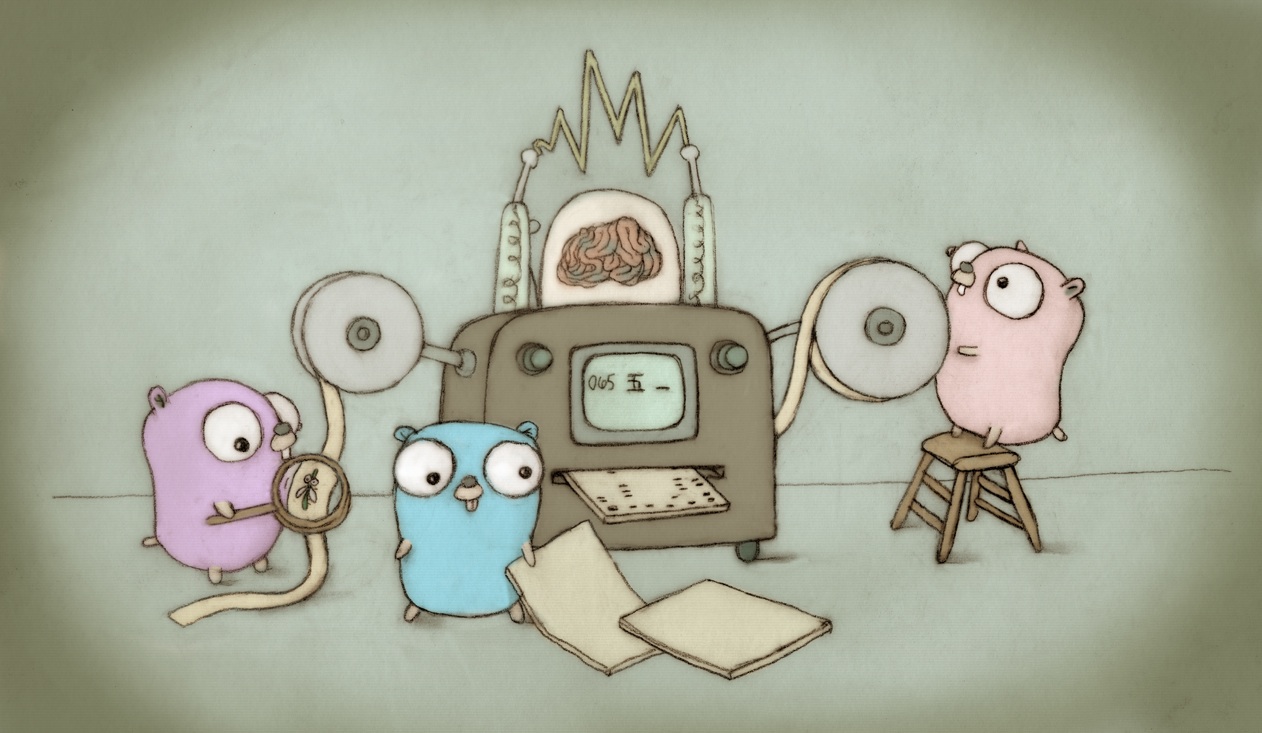The backing store for the scavengeIndex chunks slice is allocated on demand as page allocation occurs. When pageAlloc.grow is called, a range is allocated from a reserved region, before scavengeIndex.grow is called to ensure that the chunks needed to manage this new range have a valid backing store. The valid region for chunks is recorded as the index min and index max. Any changes need to take the existing valid range into consideration and ensure that a contiguous valid range is maintained. However, a bug in the min index handling can currently lead to an existing part of the chunk slice backing store being zeroed via remapping. Initially, there is no backing store allocated and both min and max are zero. As soon as an allocation occurs max will be non-zero, however it is still valid for min to be zero depending on the base addresses of the page allocations. A sequence like the following will trigger the bug: 1. A page allocation occurs requiring chunks [0, 512) (after rounding) - a sysMap occurs for the backing store, min is set to 0 and max is set to 512. 2. A page allocation occurs requiring chunks [512, 1024) - another sysMap occurs for this part of the backing store, max is set to 1024, however min is incorrectly set to 512, since haveMin == 0 (validly). 3. Another page allocation occurs requiring chunks [0, 512) - since min is currently 512 a sysMap occurs for the already mapped and inuse part of the backing store from [0, 512), zeroing the chunk data. Correct this by only updating min when either haveMax == 0 (the uninitialised case) or when needMin < haveMin (the case where the new backing store range is actually below the current allocation). Remove the unnecessary haveMax == 0 check for updating max, as the existing needMax > haveMax case already covers this. Fixes #63385 Change-Id: I9deed74c4ffa187c98286fe7110e5d735e81f35f Reviewed-on: https://go-review.googlesource.com/c/go/+/553135 Reviewed-by: Michael Knyszek <mknyszek@google.com> TryBot-Result: Gopher Robot <gobot@golang.org> Reviewed-by: Michael Pratt <mpratt@google.com> Run-TryBot: Joel Sing <joel@sing.id.au> |
||
|---|---|---|
| .github | ||
| api | ||
| doc | ||
| lib/time | ||
| misc | ||
| src | ||
| test | ||
| .gitattributes | ||
| .gitignore | ||
| codereview.cfg | ||
| CONTRIBUTING.md | ||
| go.env | ||
| LICENSE | ||
| PATENTS | ||
| README.md | ||
| SECURITY.md | ||
The Go Programming Language
Go is an open source programming language that makes it easy to build simple, reliable, and efficient software.
 Gopher image by Renee French, licensed under Creative Commons 4.0 Attributions license.
Gopher image by Renee French, licensed under Creative Commons 4.0 Attributions license.
Our canonical Git repository is located at https://go.googlesource.com/go. There is a mirror of the repository at https://github.com/golang/go.
Unless otherwise noted, the Go source files are distributed under the BSD-style license found in the LICENSE file.
Download and Install
Binary Distributions
Official binary distributions are available at https://go.dev/dl/.
After downloading a binary release, visit https://go.dev/doc/install for installation instructions.
Install From Source
If a binary distribution is not available for your combination of operating system and architecture, visit https://go.dev/doc/install/source for source installation instructions.
Contributing
Go is the work of thousands of contributors. We appreciate your help!
To contribute, please read the contribution guidelines at https://go.dev/doc/contribute.
Note that the Go project uses the issue tracker for bug reports and proposals only. See https://go.dev/wiki/Questions for a list of places to ask questions about the Go language.